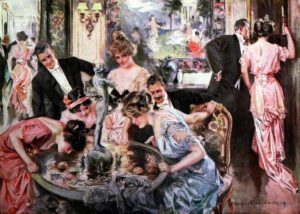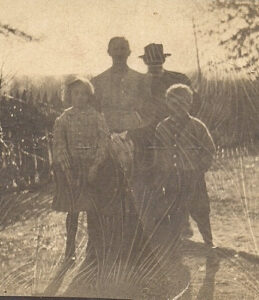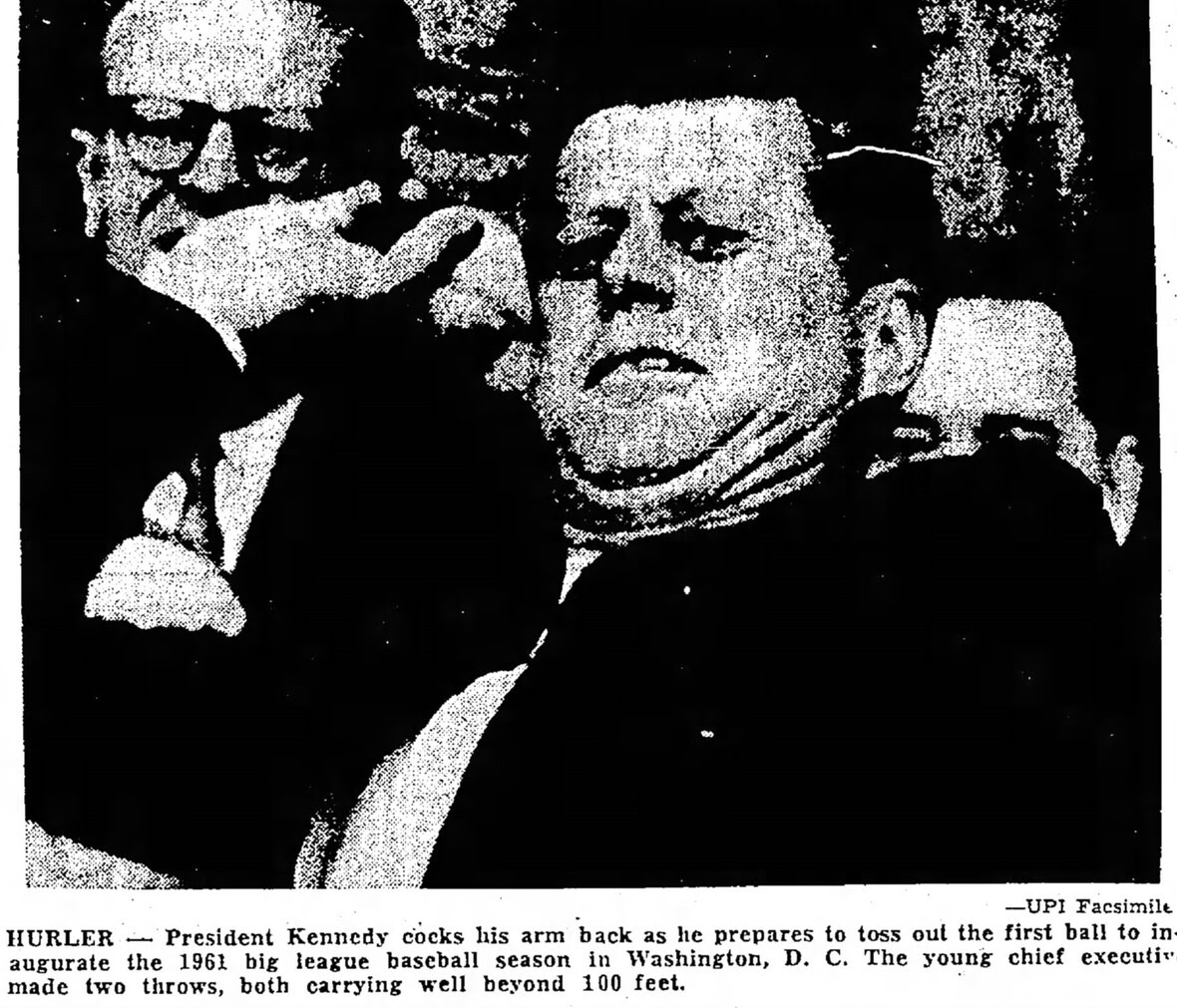
03 Nov FAMILY HISTORY- Newsletter- November 5, 2022
Contents
- 1 FAMILY HISTORY- SANTA CLAUS’ TOMB HAS BEEN DISCOVERED- AND YOU CAN VISIT- Archaeologists claim to have found the grave of Saint Nicholas beneath a church in Turkey
- 2 FAMILY HISTORY- MY SPELLING DNA MUST HAVE COME FROM MY MOM’S SIDE, WITH HER KANSAS AND KENTUCKY HERITAGE AS MAINTENANCE HAS BEEN MY CHALLENGE. MY BRAIN PREFERS MAINTAINENCE!
- 3 FAMLY HISTORY- WHAT’S A 2ND COUSIN? WHY GREAT OR TWICE REMOVED? AND WHAT DOES THAT MAKE US?
- 4 FAMILY HISTORY- AMERICA’S MOST ECCENTRIC STATES
- 5 FAMILY HISTORY- WAS JOHN WAYNE A SPY?
- 6 FAMILY HISTORY- HALLOWEEN BACK IN THE DAY
- 7 FAMILY HISTORY- YOUR ANCESTORS ARE WAITING TO BE DISCOVERED!
 FAMILY HISTORY- SANTA CLAUS’ TOMB HAS BEEN DISCOVERED- AND YOU CAN VISIT- Archaeologists claim to have found the grave of Saint Nicholas beneath a church in Turkey
FAMILY HISTORY- SANTA CLAUS’ TOMB HAS BEEN DISCOVERED- AND YOU CAN VISIT- Archaeologists claim to have found the grave of Saint Nicholas beneath a church in Turkey
Kids, don’t let anyone tell you Santa Claus isn’t real. Or, more accurately, that he wasn’t real.
When we’re talking about Santa Claus, we are, of course, really talking about Saint Nicholas of Myra: a bishop who lived from AD 270 to 343. He’s the guy that the Santa Claus myth is based on, thanks to his reputed habit of distributing gifts to the poor and needy. And he is apparently buried under St Nicholas Church in Demre, a town in the Turkish province of Antalya.
Saint Nick’s tomb was supposedly found under the church’s floor mosaic during a routine survey this month. No reports yet of any reindeer remains buried nearby.
Although the church is named after him and was recorded as his original burial place, it was previously thought that Nick’s bones had been moved to Italy during the First Crusade in the eleventh century.
Better yet, the church where you can now officially find Santa’s grave is open to the public. Naturally, it has some pretty interesting TripAdvisor reviews. Some note the church’s marvelous frescoes and impressive architecture. Others read: ‘Be careful not to traumatize your children by showing them Santa’s tomb.’
Entry costs about 125 Turkish lira (£6, $6.70), though, be warned, you won’t actually get to see Saint Nick’s final resting place. The sarcophagus itself, while having been discovered by various scans of the floor, hasn’t (yet) been excavated.
If the tomb of the actual Santa isn’t enough to lure you to Demre on its own, there’s lots of other stuff to do. From the ruins of the ancient city of Myra to island-hopping around the Antalya coast, the town is as ideal for sun-lounging by the Med as it is for nerding out on Byzantine history. In fact, it could be a great place for that Christmas trip…
Written by Ed Cunningham Thursday 20 October 2022

FAMILY HISTORY- MY SPELLING DNA MUST HAVE COME FROM MY MOM’S SIDE, WITH HER KANSAS AND KENTUCKY HERITAGE AS MAINTENANCE HAS BEEN MY CHALLENGE. MY BRAIN PREFERS MAINTAINENCE!
By analyzing over two billion tweets, they discovered the word in each state that the rate of misspellings was highest above the national average. Unless I am wrong, it looks like the spelling of “occasion” in North Dakota above must be in Canadian. If you will just practice writing the amazing story below, you will eliminate your error-filled tweets!
I guarantee that if you learn to spell, you will exceed a playwright with similar experience, even if he’s an original member of a medieval foreign parliament. My comment is not a meaningless promise, reference, or some outrageous extreme claim but guidance with a kernel of truth. You will almost rise to the height of a great column and not show ignorance, accidentally or on purpose. Now is the occasion to address this with your writing. If you fix the problem now, it only is a maintenance issue. Others will acknowledge you as a becoming neighbor or at least an acquaintance. It would be advisable not to act like an amateur and sit on the upholstery and give jewelry to your secretary on the twelfth, as it will definitely create controversy, especially if you are willful and conscious in the attempt.
 FAMLY HISTORY- WHAT’S A 2ND COUSIN? WHY GREAT OR TWICE REMOVED? AND WHAT DOES THAT MAKE US?
FAMLY HISTORY- WHAT’S A 2ND COUSIN? WHY GREAT OR TWICE REMOVED? AND WHAT DOES THAT MAKE US?
Did you know it is legal in all 50 states to marry your second cousin?¹ Your first instinct is probably “Gross!” or is it?
What exactly is a second cousin anyway? Genealogy terms have always been challenging to understand, but it’s important to know what they mean, and not so that you know if it’s weird to marry your second cousin or not. So if you’ve been looking for a guide on referring to your obscure relatives appropriately, then look no further.
When mapping out your family tree, knowing what these terms mean and how closely “Uncle Dwight” relates to you is imperative. We’ve got the scoop so you can easily decipher what it means when someone is your fourth cousin, what twice removed means, and why we use the term great when referring to your grandpa’s dad.
Quick Glossary:
• Aunt – Your mom or dad’s sister.
• Cousin – Your aunt or uncle’s child. Your cousin is technically your “first cousin,” but we use it so commonly it has been shortened to “cousin.”
• First Cousin – This is another term for your “cousin.” First cousins have a common grandparent.
• Grandma – Your mom or dad’s mom.
• Grandpa – Your mom or dad’s dad
• Great – Used to note how many generations back or forward from the term it is used with
• Niece – Your sibling’s daughter.
• Nephew – Your sibling’s son.
• Once Removed – One generation back or forward.
• Second Cousin – You and your second cousin share a great-grandparent.
• Twice Removed – Two generations back or forward.
• Uncle – Your mom or dad’s brother.
Are they my First, Second, or Third Cousin?
Assuming the cousin, we are calculating your relationship to is in the same generation as you. You will use first, second, or third cousin, depending on who your closest shared grandparent is. If you share a grandparent with someone, that is your first cousin. If your closest shared relative is a great-grandparent, that is your second cousin. Total up how many greats your closest shared grandparent has and add one to that number to get what type of cousin they are. So if you share a great great great great grandparent with someone, they are your fifth cousin.
What makes a relative removed?
This term helps us note when you are trying to find the connection between yourself and someone of a different generation than you. This can go up or down your family tree, so think of yourself as ground zero. Someone who is from the same generation as your parents or the same generation as your children may be considered once removed. At the same time, a relative from the same generation as your grandparents or your grandchildren may be considered twice removed. So your grandpa’s cousin, Robert, would be your first cousin, twice removed.
What does that make us?
We often run into problems with these terms because they are not fixed. Instead, these terms describe how people are related to one another. So depending on where those two people are on the family tree, it will shift the terminology drastically and cause confusion. That’s why we always ask, “What does that make us?”
 FAMILY HISTORY- AMERICA’S MOST ECCENTRIC STATES
FAMILY HISTORY- AMERICA’S MOST ECCENTRIC STATES
It’s almost Election Day, and what you’ll vote on depends greatly on where you live.
America’s system of federalism means that no two state governments look precisely alike.
In Arizona, citizens elect the state’s mine inspector. In Texas, voters are asked to choose members of the state Railroad Commission — a body that has nothing to do with railroads (The commission actually regulates the Lone Star State’s oil and gas industry.)
In North Dakota, voters are asked to select candidates for 12 statewide offices. In 6 other states, the governor is the only statewide official voters are allowed to choose.
Not all governors are created equal, either.
While the other 48 states all give their governors four-year terms, New Hampshire and Vermont still require theirs to run for reelection every two years. And in Virginia, governors are not allowed to serve two terms in a row.
There are also big differences in state legislatures.
New Hampshire’s legislature is the nation’s largest, with a whopping 424 members (only nine members less than the U.S. House). The smallest legislature is in Nebraska, with only 49 members. And there’s a good reason for that. Nebraska only has one chamber: a state senate, but no state house.
There are also big differences in how much state legislators get paid.
In California, annual legislative salaries are nearly $115,000 — the highest in the nation. The lowest salaries are in New Mexico, where lawmakers make nothing. (The state’s constitution prohibits legislative salaries.)
Speaking of state constitutions, Vermont has the shortest, at just under 8,300 words. The longest belongs to Alabama, which, at 388,882 words, is longer than the New Testament and more than 50 times larger than the U.S. Constitution.
Most state constitutions protect similar rights as the federal one, with a few peculiar exceptions.
Georgia’s constitution contains a provision meant to ensure that bingo games can be held legally. And Oregon is the only state whose constitution addresses the right to sell liquor by the glass.
We’ll have what Oregon’s having!
 FAMILY HISTORY- WAS JOHN WAYNE A SPY?
FAMILY HISTORY- WAS JOHN WAYNE A SPY?
John Wayne had applied for a position with the Office of Strategic Services (OSS) on 2 August 1943 but was unsuccessful. He had tried to get into John Ford’s OSS Field Photographic Unit. Commander John Ford, USNR, was the head of the OSS Field Photographic Unit which made documentaries for the Navy Department. John Ford was a Hollywood Film Director.
A secretary at Roberts and Olson Wayne’s Republic Studios remembered typing a letter in the spring of 1943 inquiring about openings in John Ford’s O.S.S. Field Photo Unit. A reply from a navy official was received in May 1943 that the navy and marine allotments for Ford’s unit were filled. It went on however to indicate that there was a possibility in the unit under the US Army’s allotment. Wayne secured the application but then apparently knocked it back.
Dan Ford, grandson of John Ford remembered that John Wayne told him he had been approved by William Donovan, the O.S.S. Commanding Officer to join the Field Photographic Unit, but that the letter went to his estranged wife Josephine’s home address, his former address, and she never told Wayne about it.
John Wayne then set out on an entertainment tour of the South Pacific and Australia in December 1943 with the American United Services Organisation (USO).
Apparently John Wayne despite not officially enlisting in the OSS was apparently on a secret mission for Colonel William Joseph “Wild Bill” Donovan, the head of the Office of Strategic Services (OSS). General Douglas MacArthur went out of his way to ensure the OSS was unable to operate in his theatre of war in the Southwest Pacific Area (SPWA). John Wayne’s role was apparently to collect information on officers and enlisted men serving in the SWPA and in particular collect information on General Douglas MacArthur. However he never got to meet Douglas MacArthur which was probably a planned move by MacArthur.
 FAMILY HISTORY- HALLOWEEN BACK IN THE DAY
FAMILY HISTORY- HALLOWEEN BACK IN THE DAY
While Halloween has plenty of activities that have endured over time, there are some rituals that aren’t practiced anymore. These traditions often focused on the future and the living rather than the dead.
BOBBING FOR APPLES
You might see bobbing for apples at a Halloween party as a throwback to the past, but it’s likely not practiced with the same intention as yesteryear—telling the future or solidifying the present. In one version of the game, women would discretely mark the apples before they were placed in water. Their potential suitors would try to grab them with only their teeth and identify who was to one day be married.
TOSSING APPLE PEELS
This is another apple-centric activity used to tell the future. In New England, a single young woman would try to peel an apple in one long, unbroken strip. She would then toss it over her shoulder and see what letter the peel formed on the floor. It was said to reveal the first initial of her future husband.
BURNING HAZELNUTS
Fortune tellers in Scotland had a ritual for a woman to predict her love life. She was instructed to gather hazelnuts and call each one with the name of a suitor. She then tossed the nuts in a fire; the hazelnuts that burned to ashes (instead of popping or simply exploding) would reveal her future husband.
LIGHTING BONFIRES
While bonfires are still part of the Halloween tradition in Ireland, you don’t commonly see them tied into the holiday in other countries anymore. But traditionally, bonfires were lit as a way to guide souls looking for the afterlife. The use of bonfires has its origins in Samhain, when large fires would be lit as part of a cleansing ritual.
EATING CANDY APPLES
These sticky fruit treats were popular from the early 1900s until the 1970s. They were originally designed for the Christmas season by candy maker William Kolb from Newark, New Jersey, who was looking for a colorful way to brighten up his window display. He hadn’t intended for them to be eaten, but customers started inquiring about the delicious-looking apples, so he started to sell them. Thanks to the association of apples with the fall harvest season, eating candy apples grew in popularity around Halloween.
 FAMILY HISTORY- YOUR ANCESTORS ARE WAITING TO BE DISCOVERED!
FAMILY HISTORY- YOUR ANCESTORS ARE WAITING TO BE DISCOVERED!
Reach out to Dancestors and let us research, discover, and preserve your family history. No one is getting any younger, and stories disappear from memory every year and eventually from our potential ability to find them. Paper gets thrown in the trash, books survive! So do not hesitate, and call to me @ 214-914-3598.


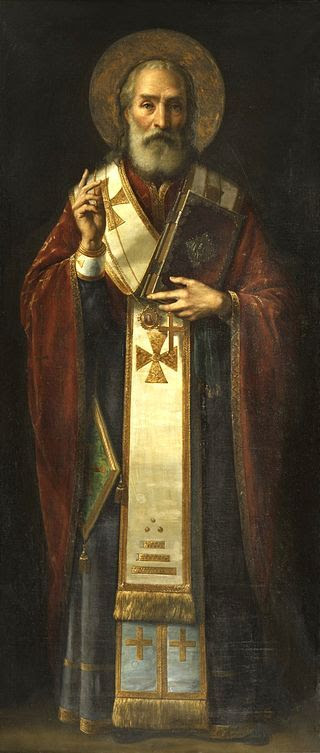 FAMILY HISTORY- SANTA CLAUS’ TOMB HAS BEEN DISCOVERED- AND YOU CAN VISIT- Archaeologists claim to have found the grave of Saint Nicholas beneath a church in Turkey
FAMILY HISTORY- SANTA CLAUS’ TOMB HAS BEEN DISCOVERED- AND YOU CAN VISIT- Archaeologists claim to have found the grave of Saint Nicholas beneath a church in Turkey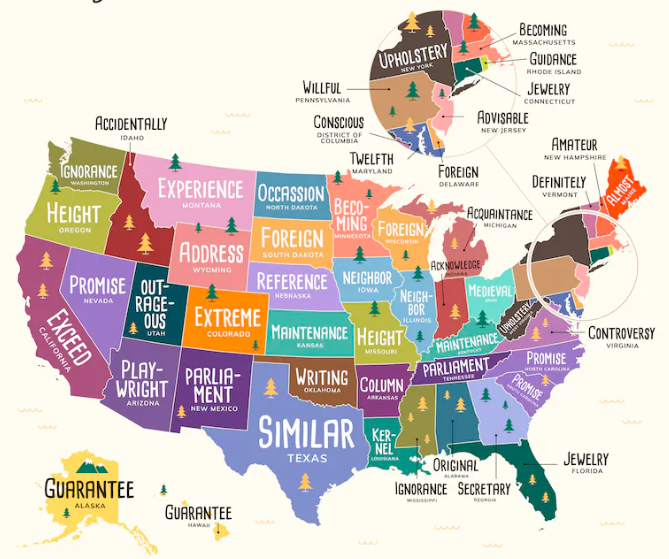
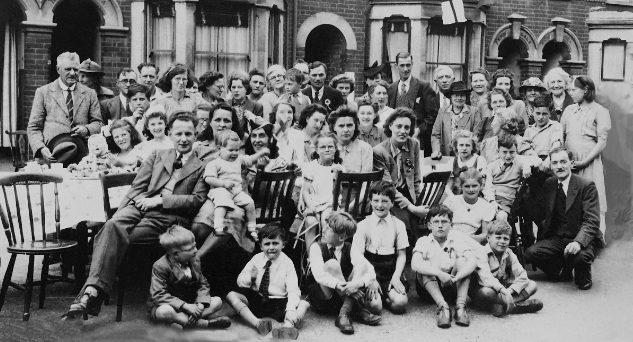 FAMLY HISTORY- WHAT’S A 2ND COUSIN? WHY GREAT OR TWICE REMOVED? AND WHAT DOES THAT MAKE US?
FAMLY HISTORY- WHAT’S A 2ND COUSIN? WHY GREAT OR TWICE REMOVED? AND WHAT DOES THAT MAKE US?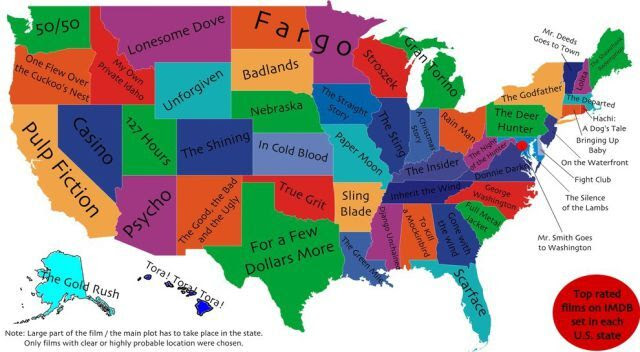 FAMILY HISTORY- AMERICA’S MOST ECCENTRIC STATES
FAMILY HISTORY- AMERICA’S MOST ECCENTRIC STATES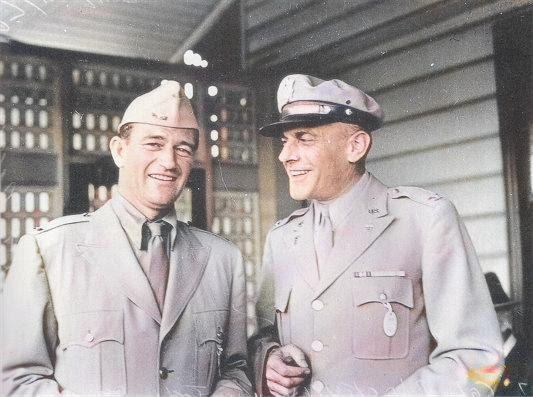 FAMILY HISTORY- WAS JOHN WAYNE A SPY?
FAMILY HISTORY- WAS JOHN WAYNE A SPY?